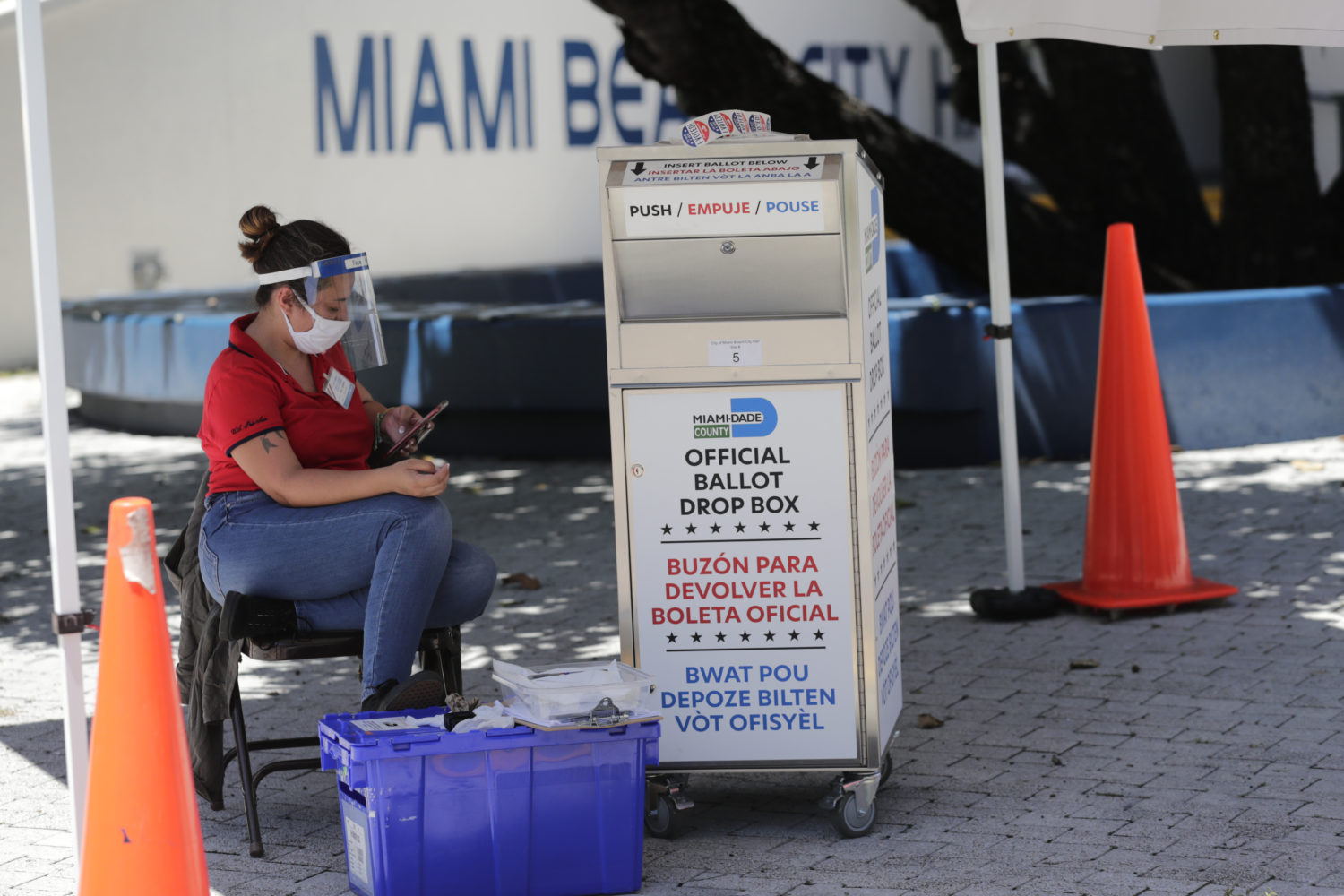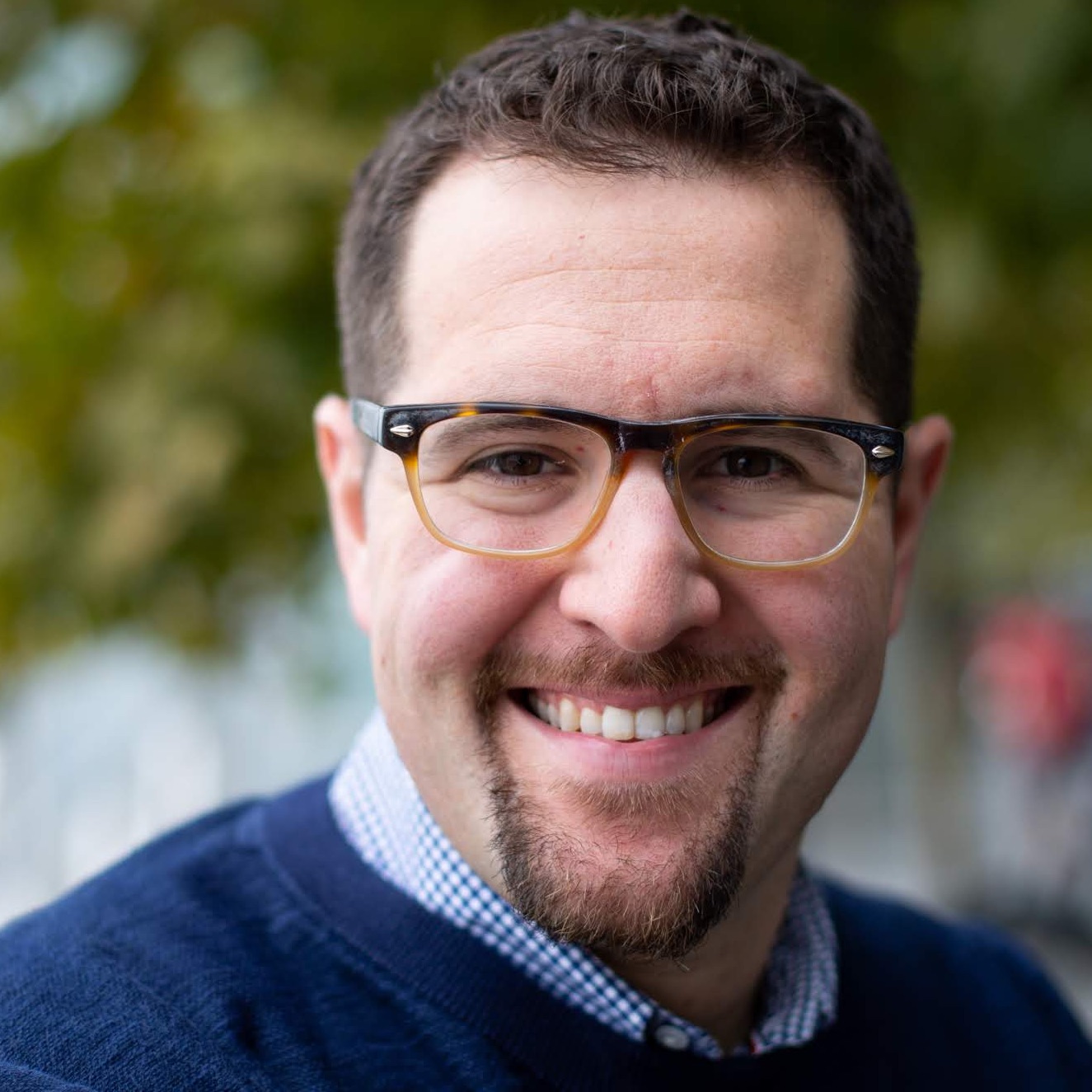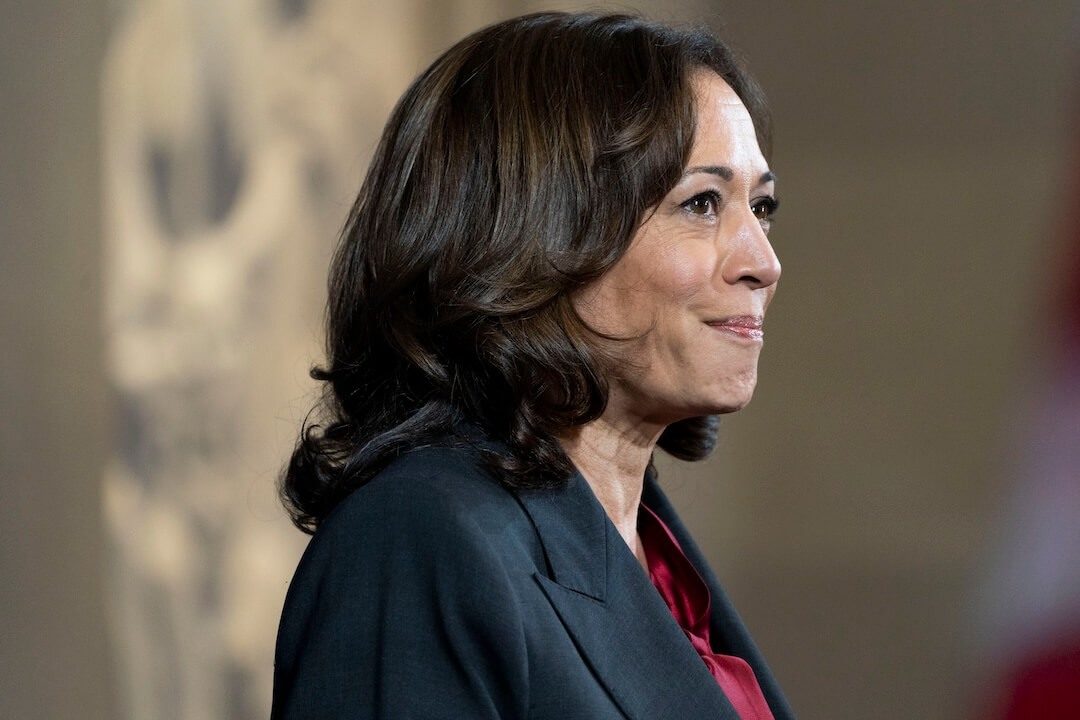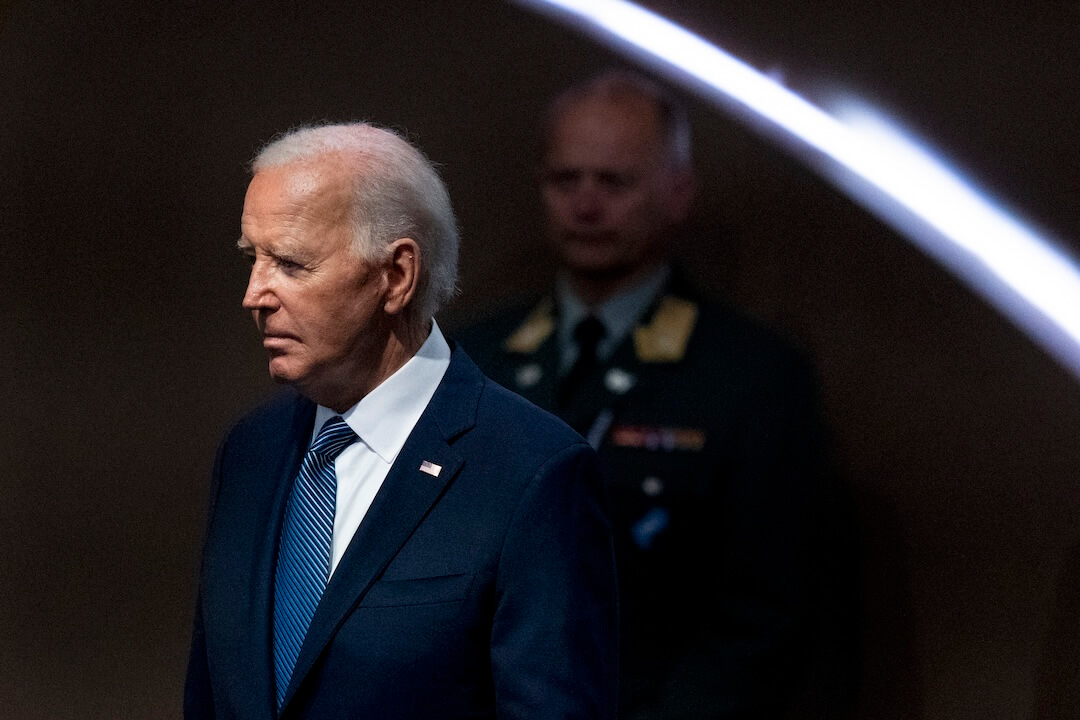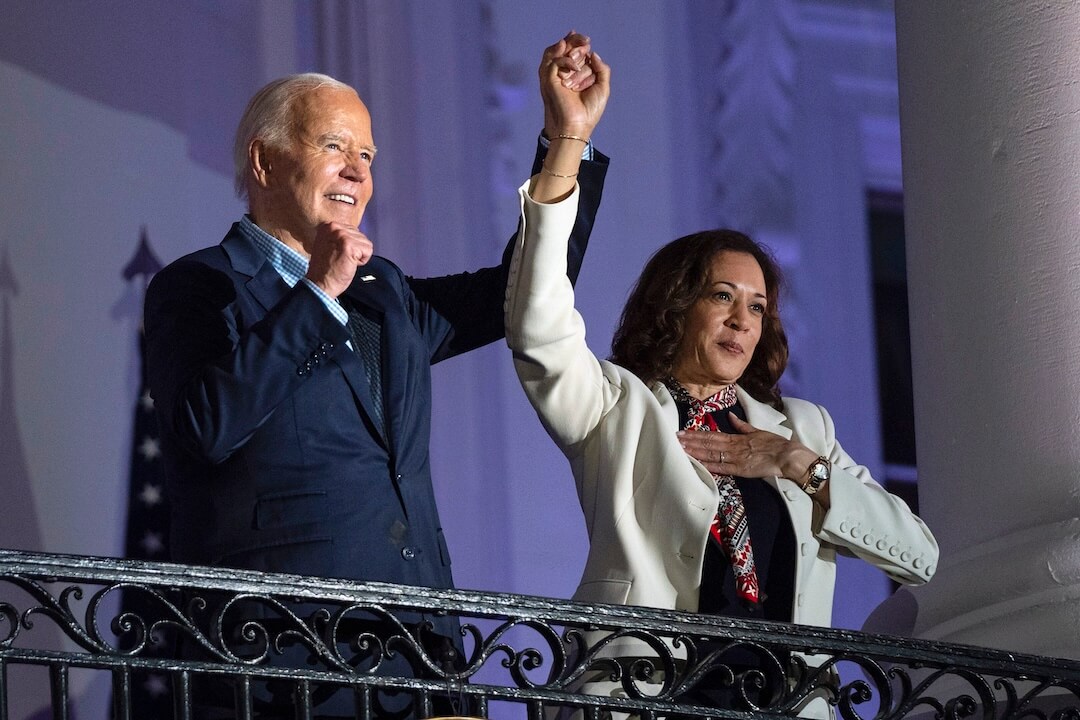Factually is a newsletter about fact-checking and misinformation from Poynter’s International Fact-Checking Network & the American Press Institute’s Accountability Project. Sign up here.
Trump’s disinformation triple bank shot
The call from President Donald Trump and his allies for an “army” of poll watchers is drawing concern from election experts that Trump supporters will show up at the polls to create conflict and intimidate voters. There is also concern that even the possibility of such conflict will drive voters away.
“It is possible that the Trump campaign’s calls to action are also designed to have the secondary effect of voter suppression,” researchers from the University of Washington and Washington State University wrote in an article this week for the Election Integrity Partnership that explored the motives and impact of the “army” appeal.
The authors also wrestled – as many fact-checkers and other journalists do – with the question of whether reporting these efforts will have the effect of amplifying them, and thus add to the voter suppression effect. The news media might become “unintentional spreaders of messages that could dissuade voters from turning up at the polls,” the authors wrote.
Michael Caulfield, a digital literacy expert at Washington State University and one of the report’s authors, said in a phone interview that the real challenge is balancing the need to report what may be real threats at the polls against the potential for driving people away. It will be an ongoing challenge, he said, for journalists to critically report these actions without feeding unnecessary fear.
Trump’s poll-watching army strategy uses falsehoods about voter fraud (which is rare) to instill anger among his supporters, and to then create fear among voters who might be on the fence about voting. Falsehoods, anger and fear are three of the big elements of any disinformation campaign. That makes this one a triple bank shot, or at least an attempt at one.
One concern is the militarized nature of the Trump camp’s language. In a video seeking to rev up enthusiasm for the project, the president’s son, Donald Trump Jr., called for “every able-bodied man, woman to join ‘Army for Trump’s’ election security operation.”
Facebook has sought to rein in that kind of message, saying last week that it will ban posts that call for people to engage in poll-watching “when those calls use militarized language or suggest that the goal is to intimidate, exert control or display power over election officials or voters.”
Such moves by social media platforms might help somewhat. As for news media organizations, the way journalists frame these stories should depend on the audience. Context is extremely important, particularly when it comes to Election Day, Caulfield said.
“On Election Day there is a possibility that there are going to be hundreds of little videos zooming around Facebook and zooming around Twitter that show actions that are a very real concern,” he said. “But they may also be presented as widespread in ways that they’re not.”
“If a person looking at the video a thousand miles away has the impression that this tells me something about the safety of my own polling location when in fact the incident is very far away, then that’s a fail,” he said. “So working to give folks the proper context is going to be ever more important.”
– Susan Benkelman, API

. . . technology
- Facebook said this week it would ban any content that “denies or distorts” the Holocaust.
- CEO Mark Zuckerberg announced the move, wrote NPR’s Shannon Bond, after heightened pressure from critics, including a group of Holocaust survivors who waged a social media campaign urging Zuckerberg to remove such material.
- A study from the German Marshall Fund found that sites that regularly publish false news content on Facebook have gotten greater engagement during the 2020 election season compared to 2016.
- The GMF partnered with NewsGuard and NewsWhip to develop a metric that labeled certain online outlets as either “false content producers” or “manipulators.”
- The study found that engagement with content produced by these outlets increased by 102% compared to the previous presidential election cycle.
. . . politics
- The Duke Reporters Lab reported this week that the number of active fact-checkers around the world has reached 304 in 84 countries, an increase of about 100 since the lab’s count a year ago.
- This year’s election in the United States is driving some of that growth, wrote the lab’s Mark Stencel and Joel Luther. The lab’s map and database shows 58 U.S. fact-checking projects, more than twice as many as any other country, and nearly a fifth of the current total. But they also said U.S. growth in fact-checking has been sluggish over the past four years compared to other parts of the world.
- McClatchy newspapers are holding a virtual town hall Oct. 20 month on disinformation in local elections. It will feature a video produced by The Raleigh News & Observer on manipulation in political ads. People can sign up here for the town hall, and here is a fact sheet.
. . . science and health
- Facebook said this week it would ban ads aimed at discouraging people from getting vaccines. The company also said that it was working with global health organizations to increase immunization rates.
- The New York Times profiled Heidi Larson, an anthropologist and the founder of the Vaccine Confidence Project in London, calling her “arguably the world’s foremost rumor manager.”
- A study published in the American Journal of Public Health looked at the effectiveness of Pinterest’s efforts to eliminate misinformation about the Human Papillomavirus vaccine.
- The study’s authors found that Pinterest’s moderation efforts were largely successful, but left a dearth of quality information about the vaccine, which could potentially be exploited in the future.

This week, Agence France Presse dispatched a falsehood that claimed suicides in the Australian state of Victoria had skyrocketed due to COVID-19 lockdowns. This claim, which came in the wake of extended lockdowns in Australia’s second largest city Melbourne, asserted (falsely) that the number of suicides in the month of September had outpaced the total number of suicides from 2019.
While the pandemic has undoubtedly impacted the mental health of many across the globe, AFP was not able to find any evidence that this corresponded to higher rates of suicide. Data from Victoria’s state health agency showed that there were four fewer reported suicides through the end of September 2020 compared to the same time last year.
What we liked: This fact-check debunks a claim that, given the mental strain of the pandemic, can feel very real. It’s a reminder of how claims such as this will prey on our emotional response to spread their falsehoods.
– Harrison Mantas, IFCN

- Four powerhouse experts in mis- and disinformation are scheduled to testify today before the House Intelligence Committee.
- Educational video company Extra Credits looked at ways to reform social media companies to improve the information ecosystem.
- Spanish-language broadcasters Telemundo and Univision have expanded their fact-checking teams to produce more original content for the IFCN’s WhatsApp chatbot, FactChat.
- IFCN Associate Director Cristina Tardáguila wrote for Poynter about the precedent set by Facebook and Twitter’s response to the New York Post’s article about Democratic candidate Joe Biden.
- CNN’s Brian Stelter wrote that despite massive waves of disinformation, there’s ample evidence that people still care about the truth.
Thanks for reading. Feel free to send feedback to factually@poynter.org. And send us your favorite fact-checks! We’d love to hear from you.
Until next week,

